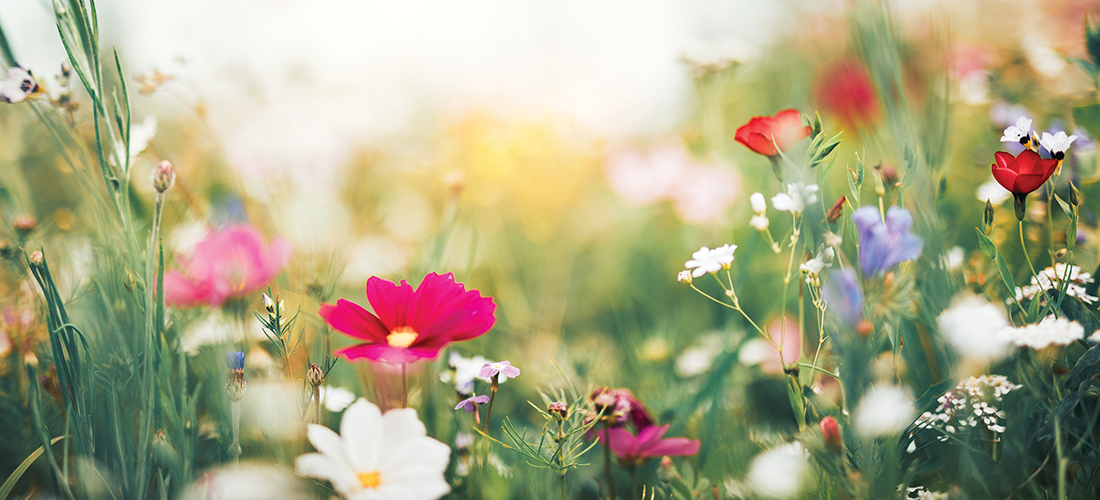
Peace in the Garden
The solace of double handfuls of dirt
By Jan Leitschuh
When despair for the world grows in me
and I wake in the night at the least sound
in fear of what my life and my children’s lives may be,
I go and lie down where the wood drake
rests in his beauty on the water, and the great heron feeds.
I come into the peace of wild things
who do not tax their lives with forethought
of grief. I come into the presence of still water.
And I feel above me the day-blind stars
waiting with their light. For a time
I rest in the grace of the world, and am free.
— Wendell Berry, “The Peace of Wild Things”
In April we were housebound, anxious and uncertain, perhaps bored, lonely, broke, depressed, slothful or antsy. You can’t go out and socialize over a meal or a beer with mates. The kids make working at home an oxymoron. No hugs. Fewer workouts. Your industrious neighbors or social media buds are detailing their cars, lifting weights, reaming out their closets, basement and garage, then sewing masks for hospitals before repainting the house, and you haven’t even put your pants on by lunch.
Will May bring a reprieve? Here’s hoping.
These are difficult times, with friends and neighbors falling sick or worse, losing jobs, losing business, with money worries, or working on the front lines of exposure. It is easy to “despair of the world.”
At the same time, we can observe good things. The terrible and the lovely can, and do, exist simultaneously. This pace downshift has changed my neighborhood. Parents stroll outside with their children or teach them to bicycle in the nearly empty side streets. Joggers run past, folks work in their yards, walkers smile at each other even as they give a wide berth. Couples stroll holding hands.
And there is ample time to work in the garden.
Personally, I find this among the most anxiety-relieving activities available. I can trowel the earth and pick though the weeds, divide the perennials and repot for later distribution to friends, prune the grapevine, trim shrubbery. For a time — a momentary eternity — I too, am able to “rest in the grace of the world, and am free.”
Plopped in a backyard awash in sunshine, I can top up my winter-depleted stores of vitamin D as I strip out the centipede grass that crept into the beds over winter, admire the daffodils and later the iris, prune the spring-blooming bushes, plant seeds. (I still might not have on proper pants, but then, our place is private.)
By putting my hands into the dirt, I find I’m able to release a myriad of distractions and anxieties, focusing on one grounded, concrete thing at a time. The world slows down. This is self-care.
Not only that, gardeners wear gloves! We wash our hands — a lot! We probably invented the elbow bump. Social distancing in the garden is a cinch. We stay home, rooted. We are a compliant lot.
The Washington Post reported that seed companies are seeing brisk business online as consumers turn to growing their own food amid the coronavirus emergency. Some half-opened seed packets at our house are 2 or 3 years old, and their germination is suspect. Yet, miraculously, here come zinnia, basil, cosmos, cucumber and sunflower shoots, spottily perhaps, but plenty for our needs. Online, I ordered some squash, eggplant and gloriosa daisy seed. Perennial herbs in the garden flushed out, supplying us with homegrown oregano, parsley, garlic, chives, mint, sage, sorrel, thyme and lemon verbena — as local as you can get.
Care to join in the garden meditation? Feeling the tug to give into the earthier rituals of spring? Find an area with a minimum of six hours of summer sunlight, with access to water. Weed out that raised bed, or till up a row and add compost, potash and lime. Perhaps your yard is landscaped, unsuitable for a vegetable garden. Yet often there is a little sunny bare spot suitable for a compact bush tomato, or a small section for herbs. A cucumber or melon vine can snake up a deck or porch railing.
Containers are also an option for those without a bit of ground. Use the richest soil you can, and add compost. Protect the side of the pots from baking, thus burning the roots. Water daily, especially when the blossoms, and then fruits, appear, or after fertilizing lightly. Beans can grow in a 5-gallon bucket, with a drilled drainage hole. Window boxes can grow a vining cherry tomato or herbs as well as flowers. A child’s old play pool is a raised bed, with proper drainage.
For those without dirt or inclination, who still wish to participate in the fruits of the earth, good news — farm stands are allowed to be open, even during the shutdown. This is especially welcome news for lovers of Sandhills strawberries, which peak in early May.
“We’ve been getting advice from NCDA (North Carolina Department of Agriculture), the Strawberry Growers Association and the N.C. Extension specialist for strawberries and NCSU,” says local producer Billy Carter, of Eagle Springs, who has 4 acres of strawberries under cultivation. To make the process safe for both customers and farms they’re using plenty of cleaning supplies and single-use gloves for pickers, limiting contact with customers, and posting signage about staying apart.
Farmers are being innovative, employing protective measures like pre-packing tomatoes in plastic containers to avoid contamination. “You know how people love to rub a tomato,” said John Blue, of Highlanders Farm in Carthage.
Blue grows several greenhouses of tomatoes, as well as strawberries, peaches and summer produce for his stand on N.C. 22. As for Highlanders’ strawberry U-pick operation, “We’re thinking maybe open every other row, spread people out, ask people not to come if they are sick,” said Blue. “It’s frustrating for farmers, because we don’t want anybody to get hurt. We’ll have to adapt as we go and do the best we can.”
Some producers are even learning, via video classes, how to open an online store for their farms.
And we all know that to stay healthy, we have to eat well. Like Mama always said, “Eat your vegetables . . . and get out of those pajamas!”
As the world as we knew it has been transformed, there are unmistakable little blessings everywhere. A new sense of rest and stillness, time to spend with loved ones and creative hobbies. Neighbors checking on neighbors. Getting on top of life again instead of chasing it. A deep appreciation of those in critical infrastructure jobs: medical staff, police and fire support, supply chains, as well as an extraordinary acknowledgement of those in simple front-line work such as grocery, feed and hardware store employees.
People are finding innovative ways to help and connect with each other, and an expanding joy in simpler things. People are finding enough space, for even a moment, to not “tax their lives with forethought of grief.”
A renewed appreciation of nature, and the “peace of wild things.”
There is no clarity as to what May might look like. I hope you have something tasty, or perhaps cheerful to tuck into your bit of dirt. Or, lacking that, support those who do it for a living.
May we meet on the other side of this with dirt under our nails, wearing pants, not pajamas. PS
Jan Leitschuh is a local gardener, avid eater of fresh produce and co-founder of Sandhills Farm to Table.





